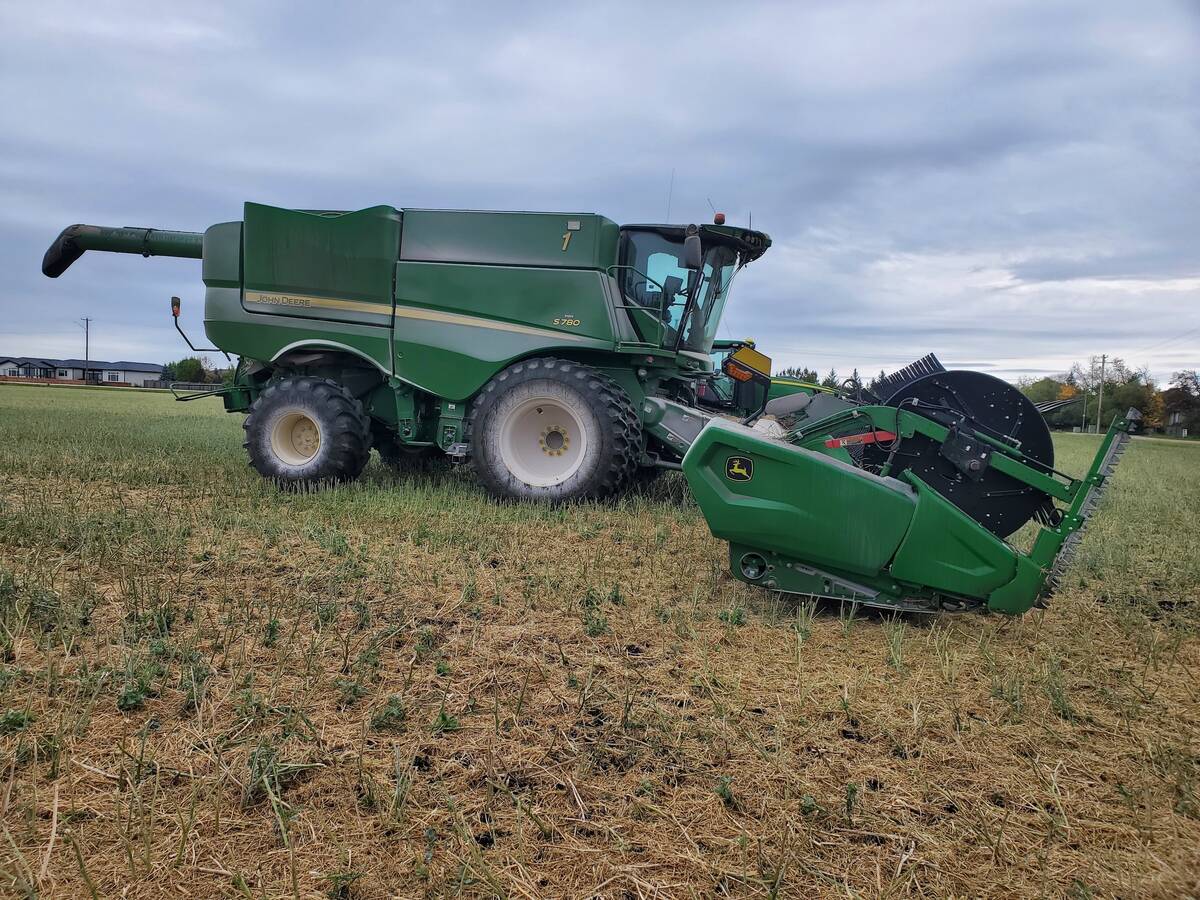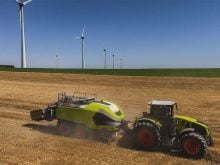Canadian tractor sales are up this year, but the association that
monitors these trends is having trouble explaining why.
The Canadian Farm and Industrial Equipment Institute reports that as of
the end of November, national tractor sales were 15 percent higher than
the year before.
Two-wheel drive tractors with more than 100 horsepower led the way with
a 20 percent increase over last year. Machines with less than 40 hp
climbed by 16 percent, high hp four-wheel drive machines were up 14
Read Also

Powdery mildew can be combine fire risk
Dust from powdery mildew can cause fires in combines.
percent, and 40 to 100 hp units saw an 11.8 percent increase.
Institute president Brent Hamre said he can’t explain the increase in
large four wheel drive tractor sales.
“This is an interesting scenario, one we didn’t predict. With grain
farming being so poor these days, we can’t account for the strong sales
figures.”
He said the other increases appear to be coming from the livestock
sector, which is earning steady to strong profits.
“This would account for improvements in mid-sized chore tractor and
two-wheel drive sales improvements.”
Hamre said high horsepower, two-wheel drive and four-wheel drive
machines may be selling well with prairie farmers who are upgrading to
meet larger land bases or replacing machines that should have been
changed several years ago.
“It could be pent up demand.”
Demand for new large tractors has been low for the past five years, so
any increase in sales comes as a surprise. Even a medium sized increase
in sales may have appeared significant when shown as a percentage,
Hamre said.
Other farm equipment sales have suffered over the past year. Combine
sales are down 6.4 percent, swather sales are down 5.5 percent, and hay
tools, other than round balers, are down five percent.
Round baler sales are reported to be 12 percent higher, possibly
because the new and popular large rectangular balers are also included
in that number.
“Drought hurt the hay industry all across Canada,” Hamre said.
“It should have hurt the western grain business too, but it doesn’t
seem to have hurt their demand for new tractors.”
Hamre is now pondering his predictions for next season as he prepares
his annual prognosis for 2002.
“This will make predicting next year kind of tough.”
















